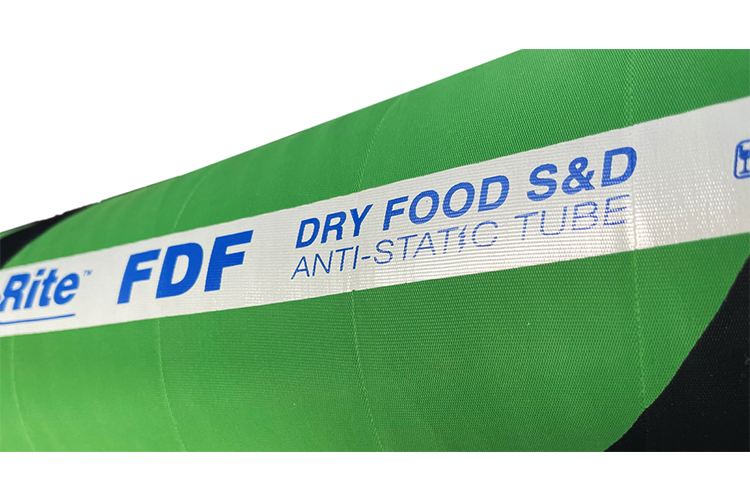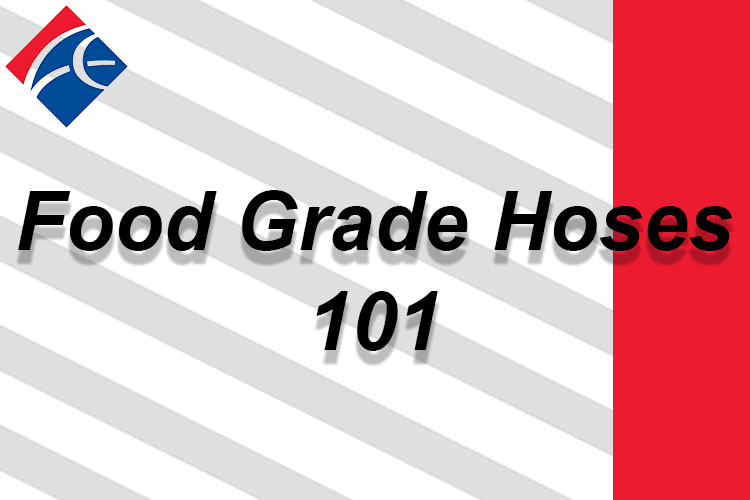Welcome to Food Grade Hoses 101. During this crash course we’ll cover the basic construction of a sanitary hose, the building blocks of FDA compliance, and specific certifications.
You likely have an understanding of hose construction. But, if you need to brush up, allow me to provide the basics. Most hoses are comprised of 3 elements:
- A Tube
- Reinforcement
- An Outer Cover
These elements are typically held together by bonding agents or thin layers of specially compounded rubber. The tube is the innermost element of the hose, typically made of rubber or plastic. Reinforcement is built into the body of the hose, which allows it to withstand internal pressures, external forces/vacuum or suction, or a combination of the two. Finally, the cover is the outer element and can be made of rubber, plastic, or stainless steel.
Manufacturing of a Food Grade Hose is similar to that of a standard sanitary hose. But, beyond the basics, FDA Compliance takes it one step further. Food Grade Hoses are manufactured with specialized materials that allow for cleaner and safer food transfer.
Under 21 CFR 170-199, The FDA has regulations for “Food Contact Materials” or materials that are intended to be in contact with food. During contact, molecules can transfer from the Food Contact Material to the food itself. These Food Contact Materials can be made from plastics, rubber, paper, metals, among others.
21 CFR 177.2600, which falls under the above, states the proper treatment for rubber articles intended for repeated use so that they may be safely used in producing, manufacturing, packing, processing, preparing, treating, packaging, transporting, or holding food and other comestibles.
These regulations make clean and safe food transfer possible and play a pivotal role in the foods that you and I eat.
For any questions concerning Food Grade Hose, explore Sanitary Hose Flex-Rite series - especially our F-Series product line, or Contact Us.


